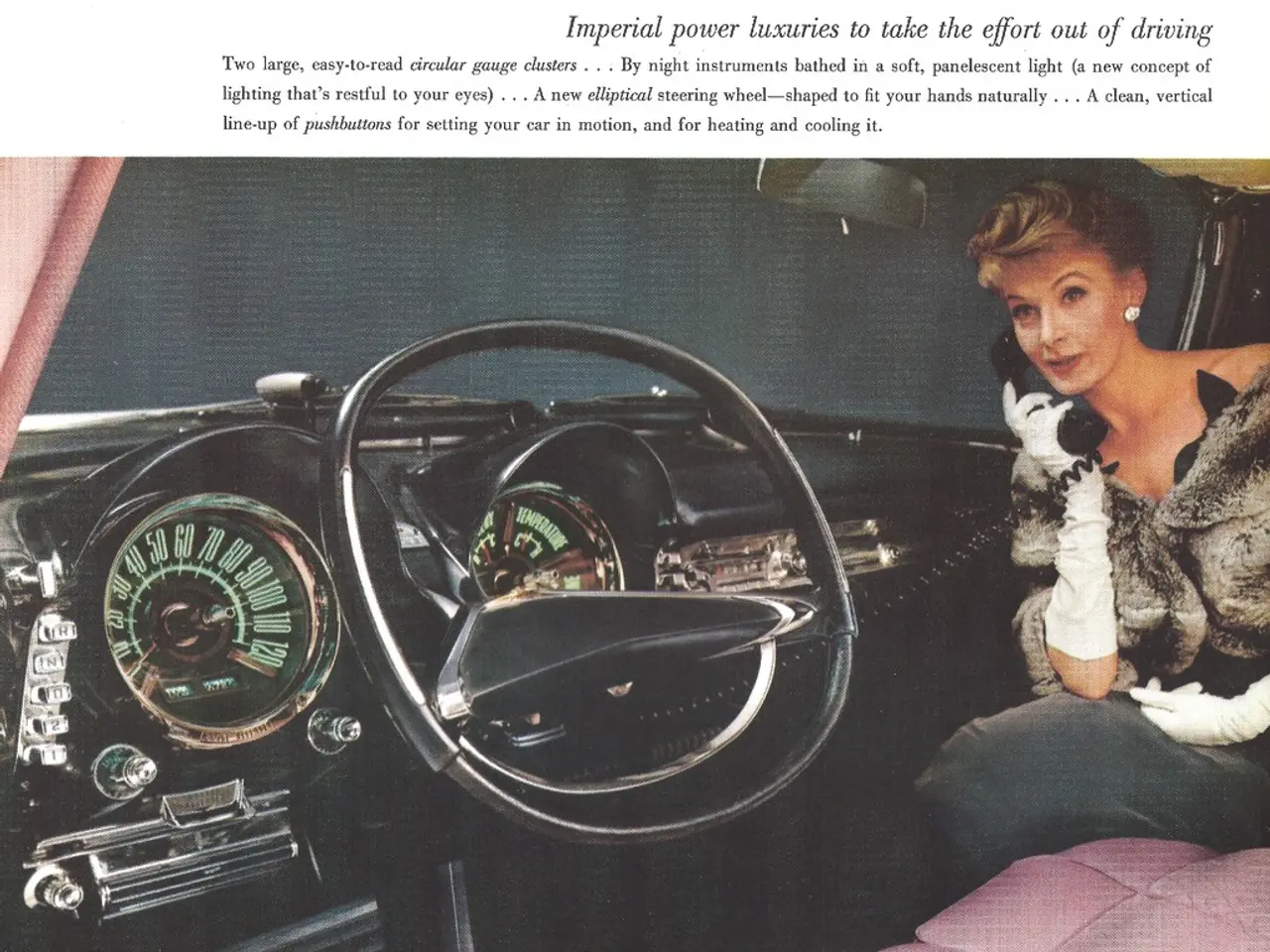A Distinctive American Architectural Style: The Shingle Style
Shingle-style homes: Uncovering the distinctive elements and characteristics of this traditional coastal architectural design
The Shingle style, a unique and recognizable form of American architecture, originated in the late 19th century along the Northeastern United States coast, particularly in New England. This architectural style is a distinctive blend of several earlier styles, including Queen Anne, Colonial Revival, and Arts and Crafts.
Origins and Evolution
The Shingle style began in the 1870s, partly inspired by the English Arts and Crafts movement and Queen Anne architecture. It was a reaction against overly ornate Victorian styles, favouring simpler, more unified exterior treatments dominated by wood shingles rather than applied decoration. Many classic shingle style homes were built as summer "cottages" or retreats for wealthy Northeastern families, especially in resort colonies such as those in New England and parts of New York's Catskills.
Key Features
The hallmark of Shingle style architecture is wood shingle cladding, often cedar, covering roofs and walls in a continuous, unbroken skin that blurs edges and corners, emphasizing volume rather than surface detail. The architectural form often showcases complex rooflines including broad gables, flared eaves, dormers, and multi-level projections, contrasting with the more rigid symmetry of Colonial styles.
Natural, rustic materials are another defining feature of Shingle style homes. Wood shingles weather over time, gaining the characteristic coastal patina that enhances the style’s integration with nature. Large porches and multiple stories are common, accommodating relaxed outdoor living and striking views of the coastal or rural surroundings. Ornament is subordinated to the overall form and texture of the shingles rather than decorative detailing, following Arts and Crafts ideals.
Regional Significance
The Shingle style is synonymous with the Northeastern coast, especially New England, where it developed in response to climate and landscape, using local timber and designed to withstand coastal weather. It helped define the American coastal architectural identity, particularly in resort and summer homes that symbolized leisure and natural beauty.
Modern Examples
Today, the Shingle style continues to inspire modern architects. For instance, Sandra Cavallo's shingle-style home in Cape Cod features silvery grey shingles, cross-gambrel rooflines, shed dormers, and large covered porches and lookout decks. The renovation process also aimed to build a LEED-certified house, employing modern sustainability principles, and to take advantage of the expansive views of Buzzard's Bay.
Another example is the recently completed East Hampton home, which is a modern example of a shingle-style home that was designed around an existing colonial house. The clients wanted the property to feel as though it's been on the site for generations. The design of the East Hampton home was influenced by 19th-century architecture, with the intention of reflecting the agrarian orchards and farms of the area.
In summary, the Shingle style is a distinctive late 19th and early 20th-century American style that emerged in the Northeast, characterized by wood shingle exteriors wrapping complex asymmetrical forms designed to blend aesthetically into natural coastal or woodland landscapes. It combines elements of Queen Anne complexity with Colonial Revival formality and Arts and Crafts material honesty.
References: 1. The Shingle Style - Architectural Digest 2. The Shingle Style - Britannica 3. The Shingle Style - Metropolitan Museum of Art 4. The Shingle Style - Historic New England
Interior design influences from the Shingle style can be seen in modern homes, as natural, rustic materials and complex rooflines are incorporated to create a relaxed and harmonious living space that blends seamlessly with the surroundings. This architectural style, with its emphasis on organic materials and unified designs, could also inspire fashion-and-beauty trends, as well as home-and-garden décor, reflecting a lifestyle that values both aesthetic appeal and sustainable living principles.




